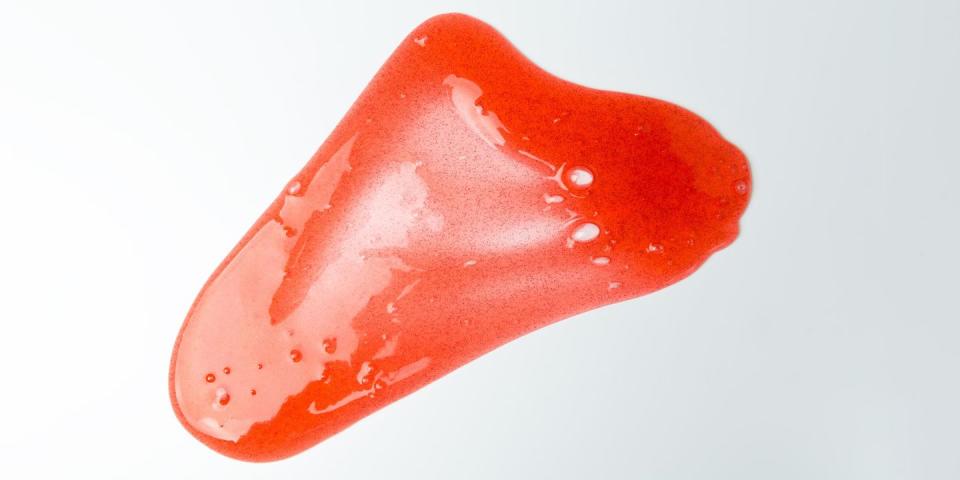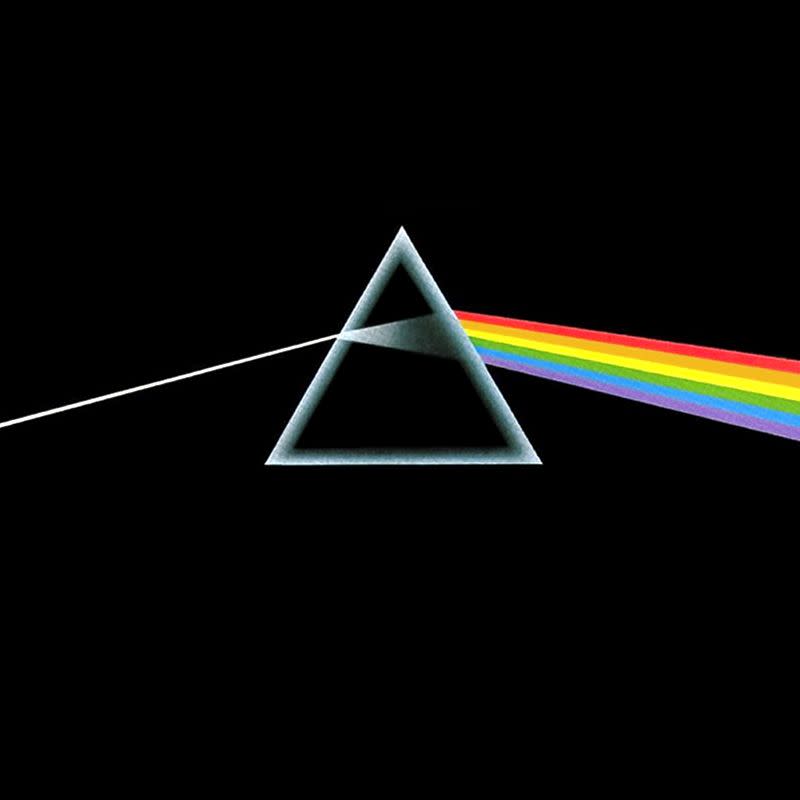Humans Contain 42 Mystery Chemicals, Which Is Slightly Concerning

Scientists found 109 chemicals in the human body, including 42 mystery chemicals.
The scientists matched chemical samples using spectrometry and detective work.
The chemicals are mostly from consumer products, and aren’t automatically harmful.
Just as you contain multitudes, your body contains multiple chemicals—a total of 109, in fact, including 55 that have never been reported in humans before, and 42 “mystery chemicals” that come from unknown environmental sources, according to a new study from UC San Francisco.
➡ You think science is badass. So do we. Let’s nerd out over them together.
In the study, which appears in Environmental Science and Technology, scientists revealed the chemicals found in pregnant women’s bodies. They say the chemicals have likely been in there for a while, but high-resolution spectrometry has only just begun to reveal them in detail. To test chemicals, researchers also rely on pure “standard” samples made by manufacturers, which they can’t always get ahold of.

Mass spectrometry is a blast of light that shines through a sample and breaks into parts according to the particles in the sample. Think about the classic prism image on the cover of Pink Floyd’s Dark Side of the Moon, where a beam of white light breaks into the rainbow spectrum on the other side. Each chemical element and compound has a signature appearance that scientists can pick out.
As technology advances, the resolution gets higher and higher, allowing for more detailed and subtly different signatures to be identified. Out of 60 total samples in the study (30 from pregnant people and 30 from their umbilical cords), the high-resolution mass spectrometer picked out 662 chemical signatures when blasting positive ions and 788 when blasting negative ions. From there, the scientists combined like samples and started to sort out their 109 final unique findings.
The researchers studied pregnant people’s samples in particular because pregnancy is a “critical period of development for future health risks,” they explain. Some chemicals appeared both in pregnant people and their newborn babies, which suggests the chemicals crossed through the placenta into the womb where the fetus developed.
What counts as a chemical? This is a bit of a sticky wicket, because technically everything is a chemical. But the researchers say most of the new 42 mystery chemicals and many of the known samples are likely from consumer products. Take a deep breath:
“Examples include
(i) 1-(1-acetyl-2,2,6,6-tetramethylpiperidin-4-yl)-3-dodecylpyrrolidine-2,5-dione
(ii) methyl perfluoroundecanoate and 2-perfluorooctyl ethanoic acid (two PFAS compounds); and
(iii) Sumilizer GA 80 (plasticizer).”
Overall, the chemicals range from common pesticides to things like paint, waterproofing, or nonstick cookware coating. The scientists matched 73 of the 109 chemicals by using information from “fragmentation spectra matching” and an additional 15 using standard chemicals. Standards are samples from manufacturers that are made for comparison purposes exactly like this experiment.
Why are so many of the chemicals unidentifiable? This, the researchers say, comes down to the chemical industry. Even harmless chemicals must be documented and made available so scientists can rule them out or easily identify them. Without these samples, scientists don’t have a comparison point, making it almost impossible to pick out what they’re looking at, even with sophisticated observation skills.
Imagine a crime victim trying to pick someone out of a lineup where the suspects are hidden from view. In this research, scientists have 42 blurry suspects and no potential matches. This, they say, comes down to the U.S. Environmental Protection Agency (EPA), which issues requirements for companies to name and sample all the chemicals they use in consumer goods.
🎥 Now Watch This:
You Might Also Like
